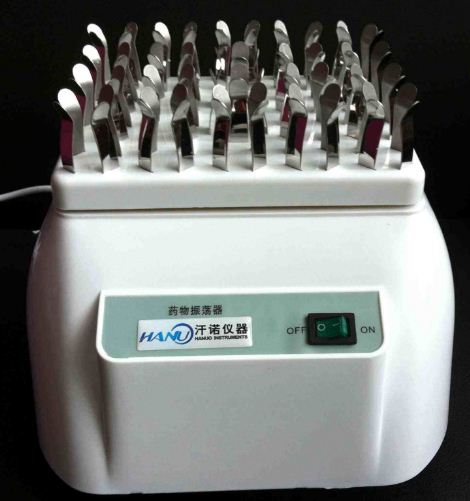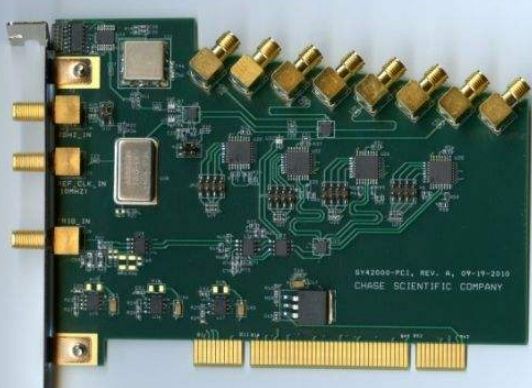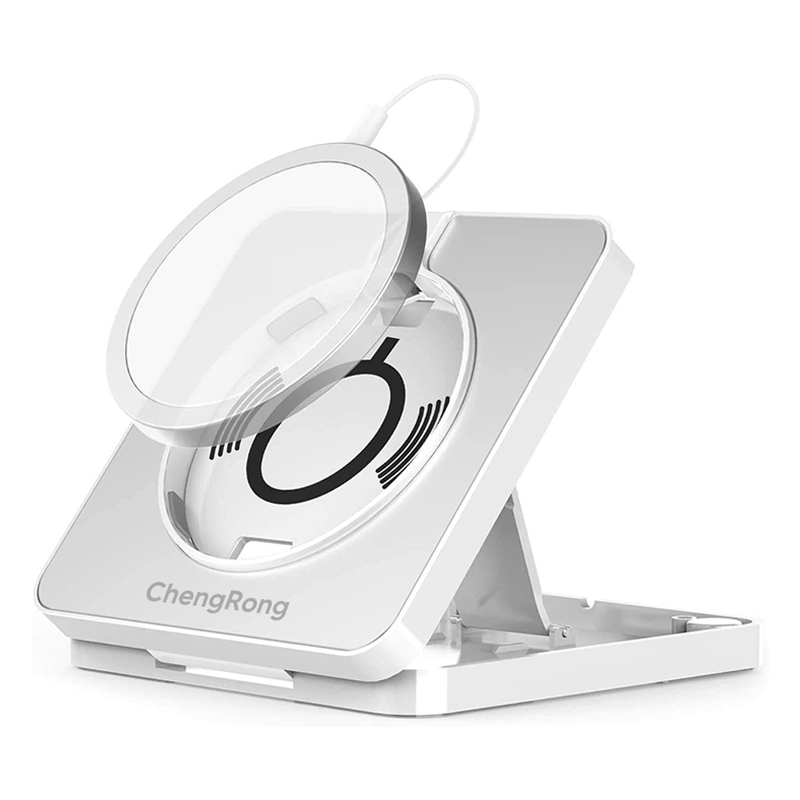Understanding Oscillators
An oscillator is a device that generates a stable and predictable frequency when excited. It plays a crucial role in various electronic systems, including analog, digital, and RF circuits. Oscillators can be made from electrical components that interact to produce oscillation or from materials that resonate when stimulated. To ensure long-term stability and performance, many oscillators incorporate control circuitry—either digital or analog—to compensate for temperature variations, material degradation, and other environmental factors.

The image shows a drug oscillator
LC Circuit Oscillator
One of the earliest types of oscillators used LC circuits, combining inductors and capacitors to create resonant frequencies. These early designs were often large and required manual tuning using knobs and switches to adjust the frequency. Although they are now largely replaced by more advanced technologies like crystal oscillators, LC circuits remain important in certain applications due to their flexibility and ease of adjustment.
Coaxial Resonant Oscillator
Coaxial structures can also be used to create resonant circuits at specific frequencies based on their geometry. These oscillators are known for their high stability and low phase noise, especially in the hundreds of megahertz to several gigahertz range. However, their size limits miniaturization, making them less common in modern integrated systems.
Crystal Oscillator
Crystal oscillators use a piezoelectric crystal to generate highly stable frequencies. They are widely used due to their excellent phase noise characteristics and compact size. In more demanding applications, they are often integrated with additional circuits and environmental controls to maintain accuracy over time. The frequency of a crystal oscillator depends on the size and material of the crystal, allowing it to operate from a few Hz up to several gigahertz.
Dielectric Resonator Oscillator (DRO)
DROs are commonly used in microwave and millimeter-wave applications. They utilize a dielectric block with high permittivity and low loss to generate a high-Q resonance. Unlike cavity resonators, DROs maintain low resistive losses even at high frequencies. Their operating frequency is determined by the physical dimensions of the dielectric element, making them ideal for precise and stable signal generation.
Phase-Locked Oscillator (PLO)
A phase-locked oscillator uses feedback control to stabilize its output frequency. By comparing the phase of the output signal with a reference, the system adjusts the oscillator to maintain the desired frequency. This makes PLOs highly reliable in applications where frequency stability is critical, such as in communication systems and precision timing devices.
Voltage Controlled Oscillator (VCO)
A VCO is an oscillator whose frequency can be adjusted by an input voltage. It is widely used in frequency modulation and phase-locked loop systems. There are different types of VCOs, such as VCXOs that use varactor diodes for tuning, and YIG-tuned oscillators that offer wide frequency ranges and high stability.
Basics of Frequency Synthesizers
A frequency synthesizer is a circuit that can generate multiple frequencies from a single reference signal. It is essential in modern communication systems, radar, and test equipment. Common techniques include frequency multiplication/division, mixing, and phase-locked loops. One of the most advanced methods is Direct Digital Synthesis (DDS), which allows for precise and flexible frequency generation using digital signals.

The image shows a frequency synthesizer
Phase-Locked Loop (PLL) Frequency Synthesizer
PLL-based frequency synthesizers use a feedback mechanism to lock the output frequency to a reference. This ensures high stability and accuracy, making them ideal for applications requiring precise frequency control. The feedback loop not only stabilizes the output but also helps in generating a wide range of frequencies with minimal phase noise.
Integer-N PLL Frequency Synthesizer
Integer-N PLLs multiply the reference frequency by an integer value to generate the output frequency. While this approach is simple and effective, it has limitations in terms of phase noise, especially at higher multiplication factors. Despite this, they are still widely used in applications where cost and simplicity are priorities.
Fractional-N PLL Frequency Synthesizer
Fractional-N PLLs improve upon integer-N designs by allowing non-integer frequency ratios, resulting in finer frequency resolution and reduced phase noise. However, this increased complexity requires more sophisticated design and implementation, making them suitable for high-performance applications.
Direct Digital Synthesis (DDS) Frequency Synthesizer
DDS is a modern technique that generates RF signals directly from digital references. It works by creating a digital waveform, which is then converted to an analog signal using a D/A converter. This method offers high flexibility, fast frequency switching, and excellent spectral purity. DDS synthesizers are typically implemented as integrated circuits, making them easy to integrate into a wide range of systems.
Aluminum Laptop Cooling Stand material is fast and durable, and has a delicate texture. Laptop Stand Aluminum Adjustable is lightweight, portable and easy to store, stable without shaking, the bottom is hollowed out for heat dissipation. Laptop Stand Black say no to the cumbersome, anodized sandblasted, aluminum alloy material is formed in one piece. Ergonomic Aluminum Laptop Stand all aluminum alloy material, mini foldable, silicone non-slip, six-level height adjustment, hollowed out heat dissipation, compatible with multiple sizes. Laptop Stand And Risers is creative bracket, dedicated to create fashionable metal, the appearance is beautiful and generous, exquisite and beautiful, which is unforgettable.


Phone Holder Stand,Magsafe Stand For Iphone 12,Iphone Magsafte Stand,Phone Holder Stand Mobile
Shenzhen ChengRong Technology Co.,Ltd. , https://www.laptopstandsupplier.com